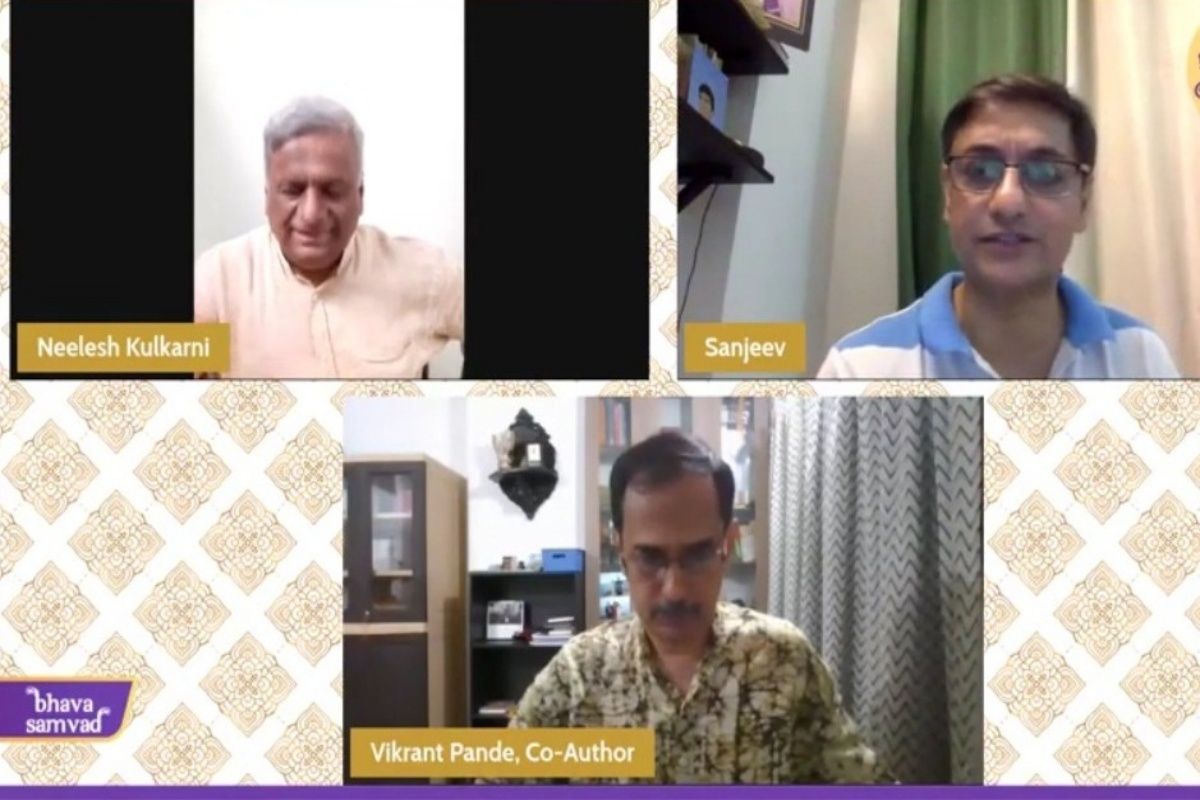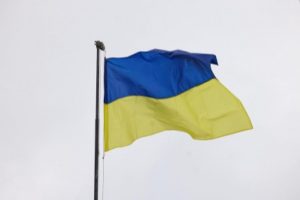The KLF Bhava Samvad hosted a session on the book ‘In the footsteps of Rama – Travels with Ramayana’ (HarperCollins) on Monday, which witnessed the participation of authors Vikrant Pande and Neelesh Kulkarni, moderated by economist and author Sanjeev Sanyal.
Sanyal chose to start with the anecdotes of childhood and Ramayana. He said, “Ramayana is a journey that everyone has gone through as a child.”
Advertisement
He then asked, “In the beginning of the book, you look for the Tamasa river. However, you couldn’t find it. Is that the case that you didn’t find a dry riverbed or no one could tell you where it was?”
Advertisement
“There were a lot of myths that we discovered as we went along with the research for the book. We didn’t find a small stream which we could locally believe was the Tamasa river. We were actually trying to find the exact spot from where Ram, Sita and Laxman along with Sumant crossed over so that they could be out of the boundary of Ayodhya and start moving towards Allahabad. It took us quite some time to find that spot because nobody was really sure of it. But we eventually found it and there is a small stream which we believe was originally the Tamasa river,” said Pande.
“There was a ghat at Tamasa where they were supposed to have camped. So it’s very much there, but it’s a narrow stream,” added Kulkarni.
Sanyal further asked, “I discovered in the book that the three of them spent most of their time in Chitrakoot and not in Panchavati. Is it the case with Valmiki Ramayana, or Tulsi Ramayana or is it everywhere?”
“Both in Valmiki and Tulsi Ramayana, you will find the same thing – 11 years, 11 months, 11 days. We have generally treated Ramayana more in stories than in time. There were many things happening on the way. For example, the ‘Surpanakha’ event happened in Nasik,” replied Kulkarni.
Digging deeper into the details of research, Sanyal asked, “Do the locations described fit with what you actually saw?”
To this, Kulkarni replied that all through the trip, they realised the locations described were very clearly at the spots. “We thought the places we were going to are authentic because we had read about them,” he added.
“The three which I read in great detail were Valmiki Ramayana, Ramcharitmanas and Kamba Ramayana. Interestingly, in the Telugu Ramayana by Gona Budda Reddy, I found the mention of Laxman Rekha somewhere around 1300 AD. But Tulsidas or Valmiki did not talk about it at all,” said Pande.
Talking about the research, they said that it was done in pieces and not in one stretch.
“We started in September 2019 and ended in March 2020. If we wanted to do this as a tourist, we would have started at one point and ended at another. But we were going to one location, collecting stories, facts and then cross-checking, indexing, and writing them down and then moving on to the next point,” the authors added.
Speaking about KLF’s virtual session Bhava Samvad, Rashmi Ranjan Parida, founder and director of KLF, said, “KLF Bhava Samvad was initiated to keep the literary spirit intact during lockdown because of the pandemic. But the rapid growth of the platform and after receiving immense love from the audience, the KLF Bhava Samvad has reached its 260th session with legendary literary figures, artists from across the globe, and will continue to stay as a permanent platform.”
Advertisement











